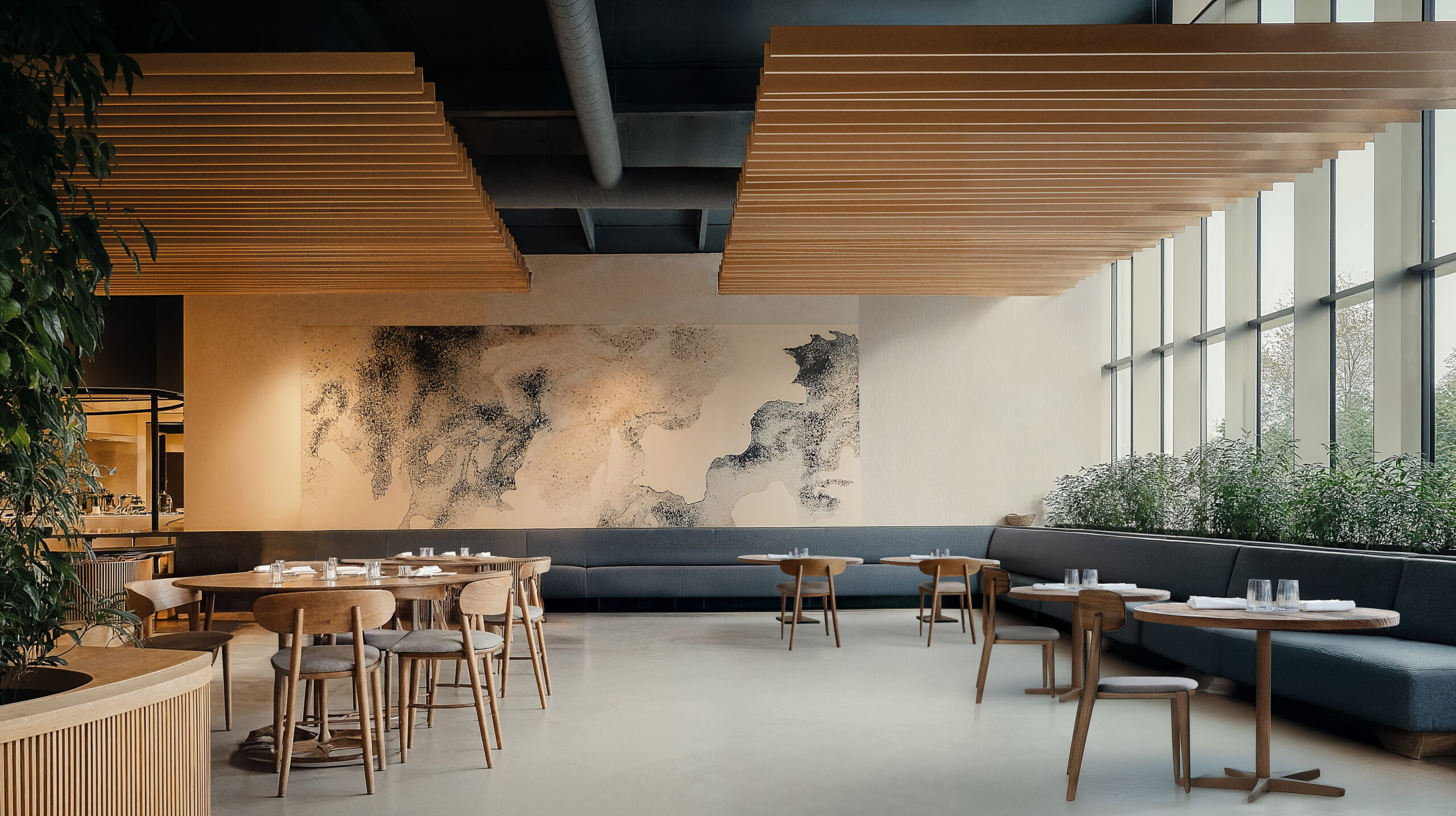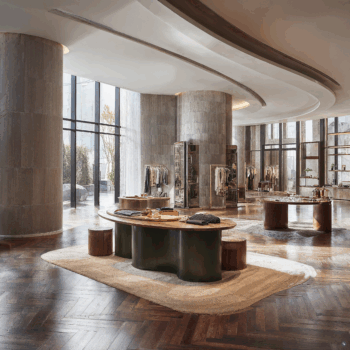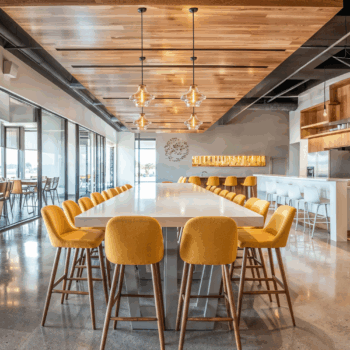
In hospitality design, how a space sounds is just as crucial as how it looks. Thoughtful acoustic design, often referred to as soundscaping, plays a vital role in creating environments that are both visually stunning and acoustically soothing. From bustling lobbies to tranquil spa retreats, the right balance of sound elevates guest experiences, making them feel at ease and immersed in comfort.
Noise is one of the most common complaints in hospitality settings, often disrupting the sense of calm that guests seek. Poor acoustics in restaurants, for example, can turn a lively dining experience into an overwhelming cacophony, while excessive noise in hotel rooms or lounges diminishes relaxation. Acoustic design mitigates these challenges by using materials, layouts, and technology to control sound and enhance ambiance.
In lobbies, soundscaping involves managing echoes and reverberation caused by high ceilings and hard surfaces. Acoustic panels, upholstered furnishings, and strategically placed rugs absorb sound while maintaining design integrity. Restaurants benefit from ceiling baffles and partitions that reduce noise without disrupting the open, communal feel of the space.
For guest rooms, double-glazed windows, soundproof doors, and acoustic insulation between walls ensure restful sleep and privacy, shielding guests from exterior noise and neighboring activity. In spa areas, soft acoustic elements—such as water features, ambient music, and sound-absorbing materials—create a serene sanctuary that promotes relaxation and rejuvenation.
By reducing noise, ambient sound design enhances emotional well-being. Subtle background music, inspired by local culture, can evoke a sense of place and memory. Biophilic soundscapes —such as ocean waves or rustling leaves—promote calm and help guests unwind.
By prioritizing acoustic design, hospitality spaces can create environments that harmonize visual appeal with auditory comfort, ensuring every detail—both seen and heard—contributes to a memorable guest experience. Soundscaping isn’t just about what guests hear; it’s about how they feel, making it an essential element of modern hospitality.
Learn more about how sound impacts design with our article on Unique Sound-Absorbing Materials.







